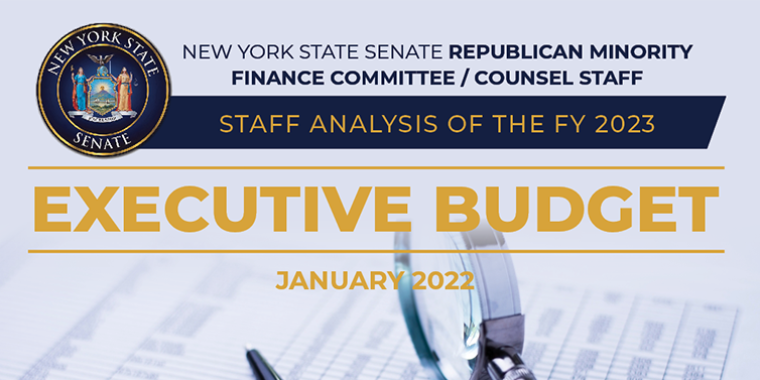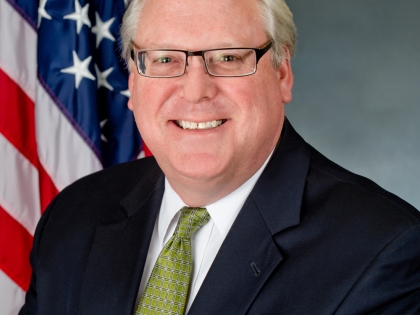
Senator O'Mara's weekly column 'From the Capitol' -- for the week of May 23, 2022 -- "Don't forget what the state has in store for energy"
May 23, 2022
-
ISSUE:
- state energy plan
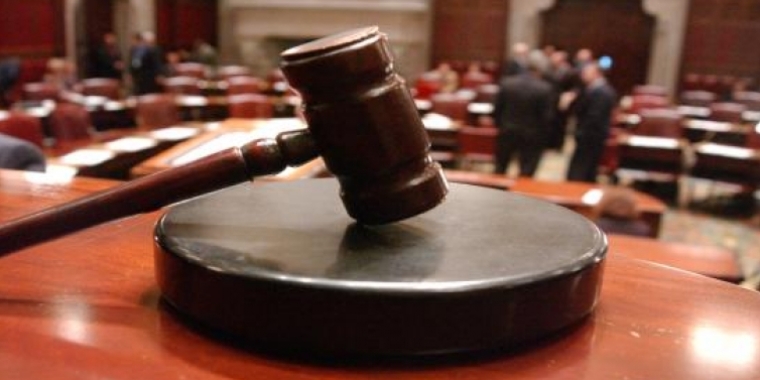
Senator O'Mara offers his weekly perspective on many of the key challenges and issues facing the Legislature, as well as on legislative actions, local initiatives, state programs and policies, and more. Stop back every Monday for Senator O'Mara's latest column...
This week, "Don't forget what the state has in store for energy"
The cost of a gallon of gas is the most immediate reminder that the future of energy in this state and nation is, at best, uncertain and unsettled.
As usual, there’s even more in store for New Yorkers. That’s because the state’s energy czars recently wrapped up an obligatory slate of public hearings on a proposed plan that envisions a rapid -- and, in the view of many, radical -- restructuring of New York’s energy future.
It's not far-fetched to say that there's no other action underway in state government that will have a greater impact on our everyday lives.
Over the past three years, in previous columns and other public forums, I have sounded the alarm and shared my deep concerns over the “Climate Leadership and Climate Protection Act” (CLCPA), which was signed into law in 2019 and created what’s known as a “Climate Action Council” (CAC) to undertake specific plans to implement the law’s far-reaching goals.
Now, however, extreme caution is called for. New York’s push to achieve aggressive renewable energy goals through the CLCPA will come at great cost and consequences for local communities, economies, and residents.
More specifically, it’s being done without many New Yorkers knowing all that much about it.
Simply put, it represents a radical remaking of New York’s energy future that will be enormously expensive for state and local taxpayers, especially residential and business utility ratepayers. It’s going to arrive as a great shock.
“Before the state gets itself into a position where it risks not having sufficient electricity to meet demand, we need to pause and act cautiously. New York’s Climate Act may be well-intended, but it is short-sighted, and creates great risks for the people of the Empire State. Energy shortages would drive up the cost of the Climate Act by hundreds of billions of dollars and could cost hundreds of New Yorkers their lives,” writes James Hanley, senior policy analyst at the Albany-based Empire Center and author of a recently released study, Cold & Dark, detailing the risks posed by the CLCPA, including how thousands of New Yorkers could be left without reliable sources of heat and power at times when they need them most.
It’s a sobering analysis. Hanley notes that the “goals proposed by the CLCPA severely hinder New York’s energy supply, causing energy deficits that could be observed as soon as 2040, with supply falling short of demand by ten percent." Many communities could face devastating blackouts.
Importantly, the new analysis also spells out specific recommendations for the state to reassess these overly ambitious goals and an unworkable timeline, as well as for maintaining more reliable sources of energy, including natural gas. You can find the Cold & Dark analysis here: https://www.empirecenter.org/publications/cold-and-dark/.
At the very least, the analysis offers at least one thing shockingly missing from New York’s planning: a fuller discussion of what these actions potentially mean in the important context of feasibility, affordability, and reliability. At a cost of hundreds of billions of dollars to New Yorkers and untold costs to the economy, we are barreling full speed ahead to further crush the affordability of living for families, drive up the cost of doing business, and destroy economic opportunity.
The recently concluded public hearings presented the first direct opportunities for the public at large to tune in. The formal hearing process may be finished, yet we can’t afford to let Governor Hochul and her energy team keep operating behind the scenes and out of sight to finalize and begin implementing their plans.
It remains important for more citizens, communities, businesses, families, and workers to fully understand where New York’s energy future is headed in the near future -- and to continue to urge a desperately needed rethinking and slowing down of this process.
The Senate GOP has been highlighting the plan’s extreme efforts to eliminate reliable, affordable sources of energy. Natural gas hookups and services, as well as those from propane and heating oil, are vital for New Yorkers -- especially in rural communities and during harsh winters -- and cutting off these dependable sources of energy would be costly to residents and businesses and ineffective on a global scale.
Furthermore, the plan anticipates job losses and negative impacts to school and local government property tax bases. It anticipates industries being shuttered and subsequent job losses. To help the state afford it, proposals have been introduced that would increase gasoline costs by an additional 55-cents-per-gallon tax and drive up home heating fuel by 26%.
In the extremely near future, millions of homeowners could be forced to convert their natural gas, propane, or heating fuel oil furnaces to electric at estimated costs of as much as $40,000 per household.
In just five years, 2027, you will no longer be able to build a new home or building in New York State with a natural gas, propane, or fuel oil furnace or boiler.
I have fully encouraged New York’s past efforts to increase cleaner and renewable power, and we have, to the point where we are already a national and worldwide leader in this arena. We already account for just 0.4% of global carbon emissions. It’s already an admirable accomplishment in a state as large as New York. Nevertheless, the CLCPA applies only to New York. It will have no bearing on the actions of neighboring states or, even more critically, to China, India or Russia, which account for 40% of global emissions.
In other words, even if New York State does reach zero emissions, there will be zero impact on our own climate or the global climate at large -- yet it will still fall on all New Yorkers at a heavy price.
During a recent meeting of the state Public Service Commission (PSC), it was reported that John Howard, a former chairman and current member of the PSC, charged that Democrat leaders have “totally obfuscated” the true costs of the CLCPA because the costs -- which he characterized as “hundreds of billions of dollars” in higher utility bills -- would shock New Yorkers and lead to a public outcry against the plan.
“The legislature, either through its silence or total lack of actions, has given this commission nearly the exclusive responsibility to reach into New Yorkers’ pockets to pay for the CLCPA mandates,” Howard was quoted as stating.
Translated: all along, the state hasn’t played this straight with the public.
We still have until June 10, 2022 to submit formal opinions on the proposed energy plan. Comments can be submitted using the following link: https://climate.ny.gov/Our-Climate-Act/Draft-Scoping-Plan.
Share this Article or Press Release
Newsroom
Go to Newsroom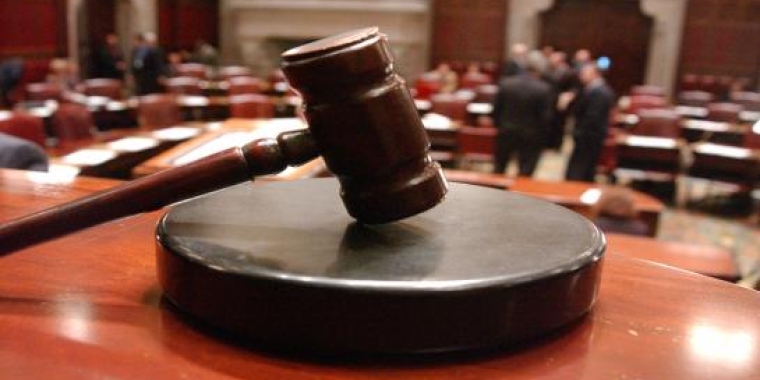
O'Mara blasts Farm Wage Board decision (Read and Watch more here)
January 28, 2022

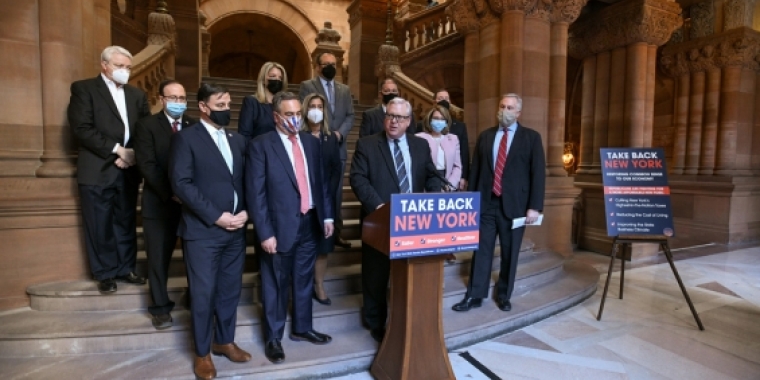
Staff Analysis of the FY 2023 Executive Budget
January 24, 2022
